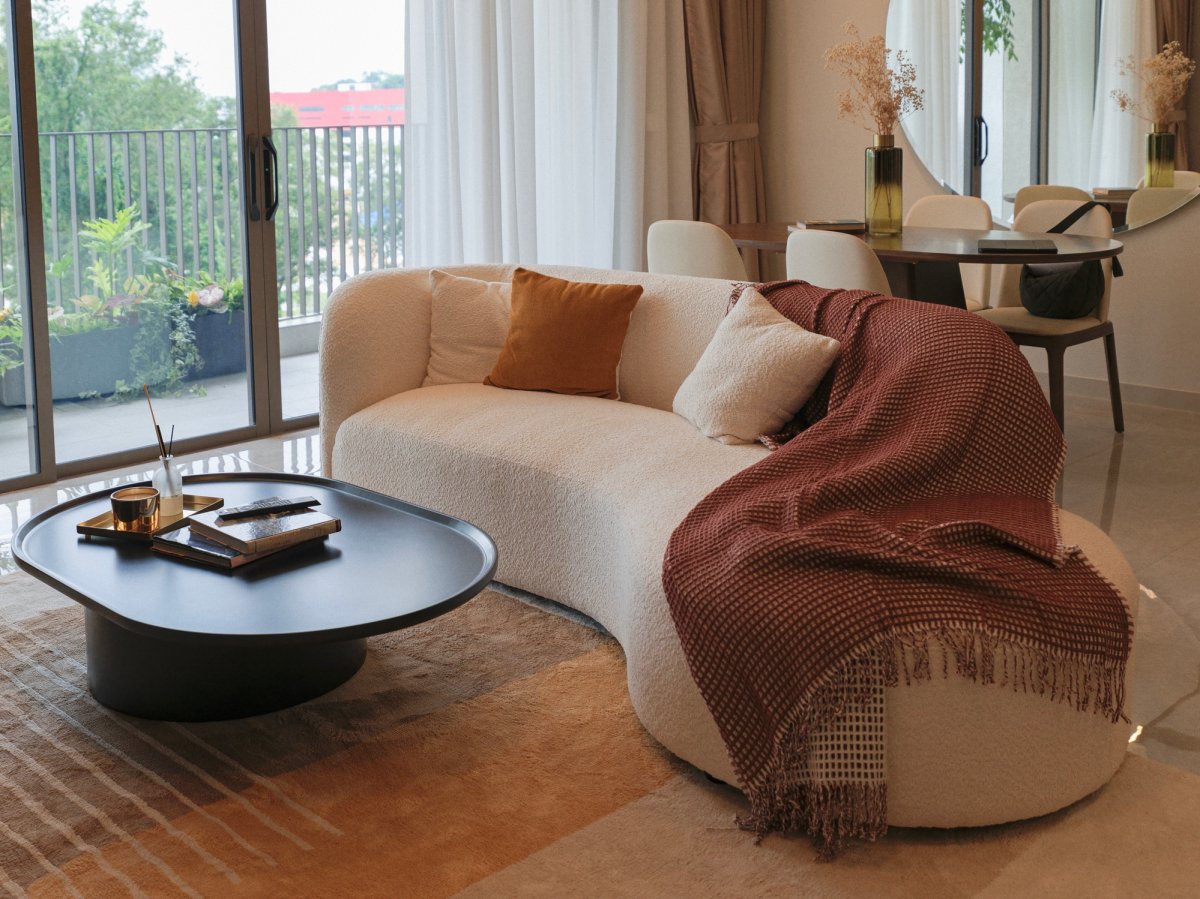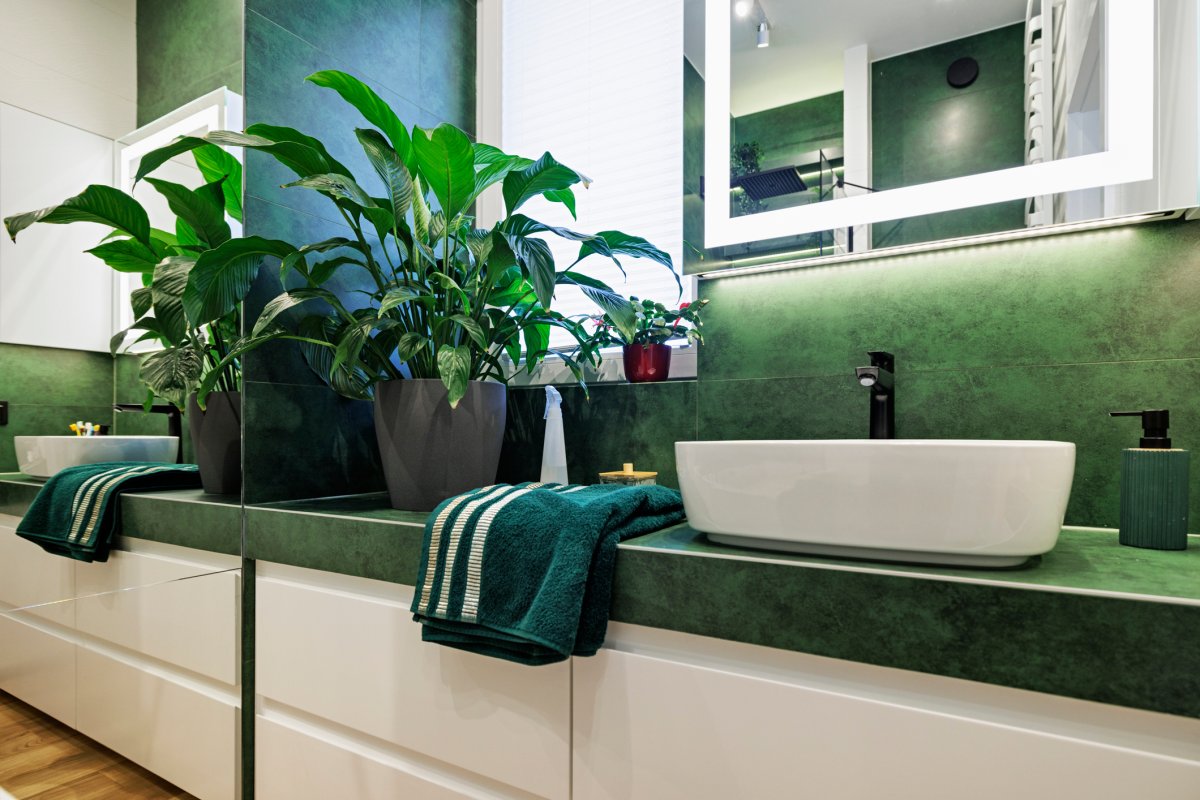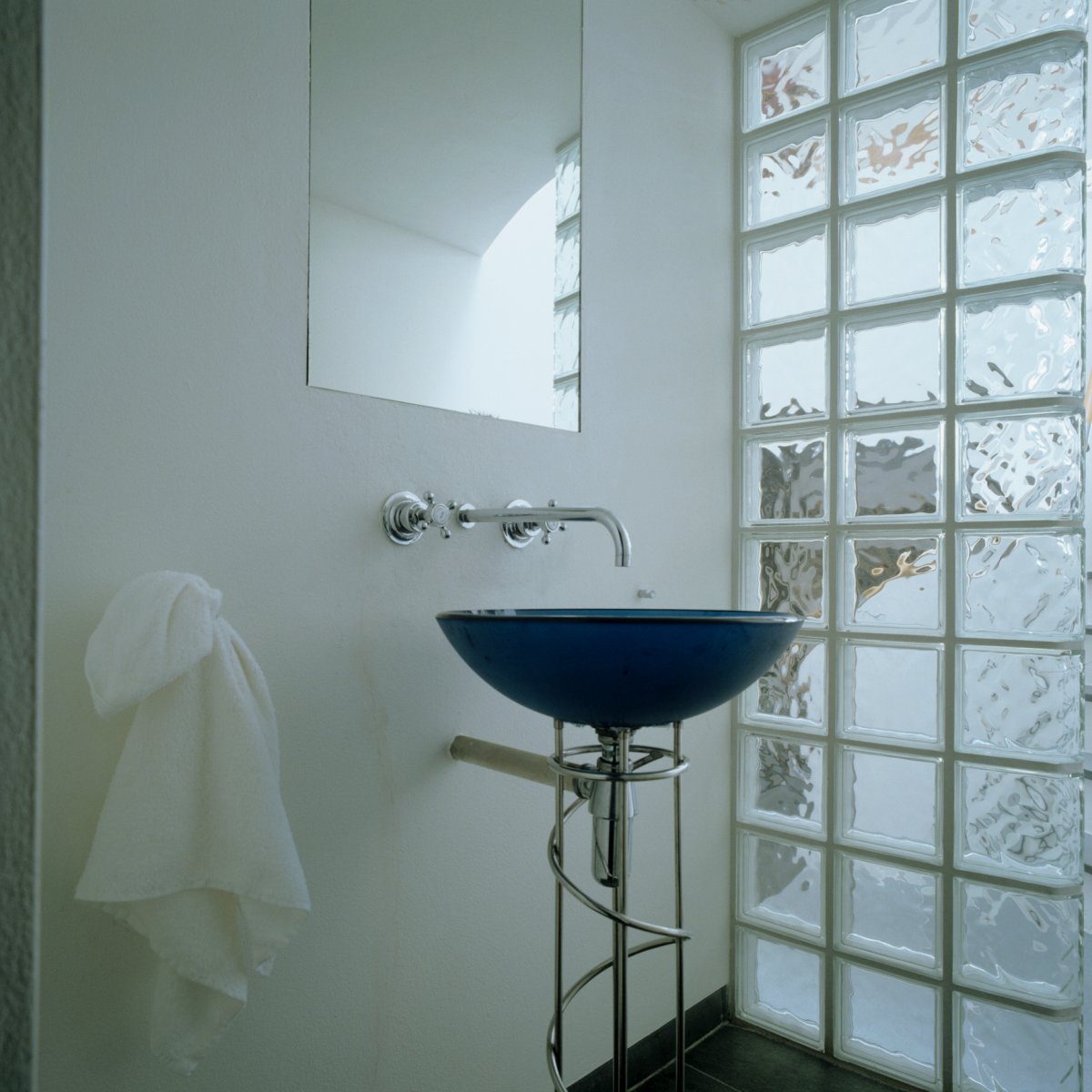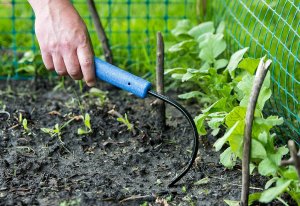

We may earn revenue from the products available on this page and participate in affiliate programs. Learn More ›
Home decor trends from the 1990s are making a stylish return in 2025, reinterpreted with a modern edge that feels both nostalgic and fresh. Elements like lacquered finishes, glass block features, and deep earth tones are reappearing in homes, but with updated materials and a more refined touch. Textured walls and curved furniture—hallmarks of 1990s interiors—are also back, now balanced with a minimalist mindset and a focus on craftsmanship.
These throwback design choices speak to today’s desire for comfort, warmth, and individuality. “Trends repeat themselves, but always in a slightly different iteration, highlighting more of the understated elegance and tailored minimalism that we saw in the nineties, but in a more restrained way,” says interior designer Phyllis Harbinger, FASID, NCIDQ, CID, a professional interior designer, strategy coach, author, and owner of Design Concepts/Interiors, LLC (DCI Studio) in Greenwich, Connecticut.
We spoke to several interior designers to determine the most common 1990s home decor trends on people’s minds today.
1. Lacquered Finishes
High-gloss lacquered finishes for kitchen cabinets, furnishings, and décor items are appearing everywhere right now, says Harbinger. “Custom built-ins in white lacquer or soft gray have aesthetic appeal, but also add light, depth, and a modern vibe that balances beautifully with natural textures,” Harbinger says. She’s been specifying glossy finishes for closets, vanities, and even entry consoles and cocktail tables for her clients. “The finish provides a clean, sculptural effect that plays well in both modern and transitional spaces,” she says.

2. Deep Earth Tones
After years of builder beige and cool gray tones, there’s a resurgence of warm, deep earth tones like maple, honey oak, cherry, terracotta, and taupe, says Harbinger. “These colors feel rooted in nineties interiors but are now used in a more nuanced and elevated way,” adds Sarah Walker, principal designer and owner of Nuance Interior Design Showroom in Bellevue, Washington. “They’re not just darker versions of primary colors. Instead, they have complex undertones—think olive, ocher, rust, or muddy reds and greens with hints of brown or plum,” says Walker. Overall, these hues help shift the space from sterile to a cozier vibe.
3. Glass Block
Glass block walls are making a surprising comeback, after so many homeowners removed this feature over the past few decades. They are particularly sought after in bathroom design, offering a new take on the version of the past. “Today’s designs offer tons of different shapes, patterns, and colors to keep it fresh and playful,” notes Courtney Batten, RID, founder and lead interior designer at Paige Studio in Dallas, Texas. They are not as clunky and present a more minimalist look in this rendition. Batten loves using glass block walls as an alternative to traditional glass shower doors to let in light without sacrificing privacy.

4. Textured Wall
Remember sponge-painted walls in the 1990s? The design trend is resurfacing in a more modern way this year without the harsh, chaotic look. “This time around it’s all about movement and softness but without the heavy texture,” notes Batten. The textures of today are more elegant, focusing on tactile materials like Venetian plaster, grass cloth, and limestone to create depth, warmth, and an organic feeling in a room. To keep it feeling fresh, Batten suggests using a subtle limewash finish in earthy neutrals like beige or sage green.
5. Curved Furniture
As more people are prioritizing comfort, there’s a push for curved and organic furniture shapes with soft, flowing lines, says Mike Falahee, president of Marygrove Awnings in Michigan and a seasoned home décor expert. “This look is seen as more relatable and inviting compared to straight and pointed pieces,” he says. “All around us, we are seeing [elements] that are soft and curved, which also made waves in the 1990s.” To design a more inviting space, people are placing kidney-shaped coffee tables, rounded couches, S-curve chairs, and even arched shelving units in homes now. If you find this rounded aesthetic appealing, you might also want to redo your fireplace to have curved, smooth edges, another trend this year that was often a design feature in 1990s homes.
